Check Your Inboxes! My Newsletter Insights Is Out!
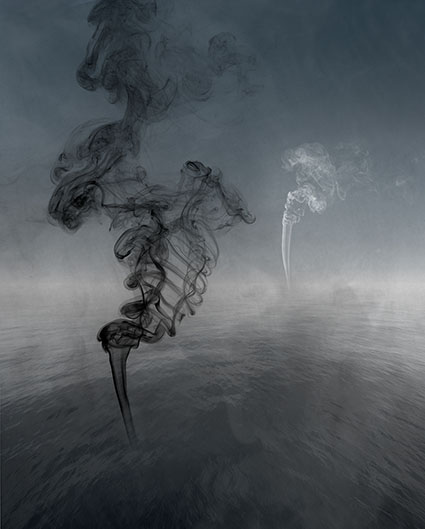
This issue features resources that will help you think more creatively about B&W images.
Sign up for my free newsletter here.

This issue features resources that will help you think more creatively about B&W images.
Sign up for my free newsletter here.
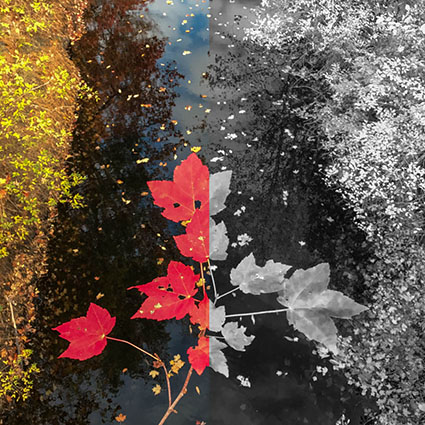
Why do you need to understand color to get the best black-and-white images?
Let me count the reasons.
1 Understand How Flexible The Luminosity Of Saturated Colors During Exposure And Conversion
Understanding how light and/or dark you can make saturated colors will help you pre-visualize the tonal possibilities within an image before exposure. When post-processing, while you’re converting color images to black-and-white, I recommend you make all of these ideas visible realities, making many different black and white versions and comparing them side-by-side. At the same time, you need to understand how neutral and near neutral colors do not offer the same flexibility, which will improve both your vision and your efficiency.

You may not think there’s a problem. You may think you know the difference. It’s obvious right? But is it? Do you? After a lifetime spent in the arts, I find photographers’ ability to describe color woefully limited, and this is never truer than when describing “black-and-white” images.
Most antique processes are black and white, right? Certainly, silver gelatin is black and white. But what if you tone it? Is a platinum print black and white or brown and white? Is a cyanotype black and white or blue and white? What about hand-tinted photographs? They were black and white but then they became colorful again, but it’s a different kind of color, isn’t it? And if only a little color is added is it still black and white? At what point does an image become black and white?
The problem is that having only two terms – color and black and white – for a wide array of color palettes limits not only our communication but more importantly our perception and thinking.
Can you effectively present a project or body of work that contains both black-and-white and color images? It rarely works, but in rare cases it can.
The problem is that color and black-and-white images appear to be from different times or even different worlds and sometimes both. They’re so different from one another that presenting them together breaks the continuity of the larger story being told (Even a collection of separate poems creates a larger story, albeit with a much looser narrative and context than an essay.) and it undermines the suspension of disbelief required to imagine that a small two-dimensional image accurately represents our much larger three-dimensional world. Viewers end up paying more attention to the way the images are presented and our attention is deflected away from their content. We spend time and effort trying to figure out a pattern between images that are color and images that are black-and-white and the reasons why they’re different from one another, which is wasted if there aren’t any. “It looks better.” isn’t a strong enough reason to break continuity and suspension of disbelief. If there is no reason that contributes to the content of the series, then it’s a few small wins for individuals but a big loss for the team, and we leave the work feeling confused and frustrated. (“I don’t get. Is it me?”) For these reasons it’s best not to mix color and black-and-white images. Instead, present them separately.
Victor Wooten (Bela Fleck and the Flecktones) delivers his inspiring message that music is a language anyone can learn.
View more creative Music Videos here.
.
This weekend I unveil new metal prints
produced by Blazing Editions
in a joint exhibit with NYC Dance Company’s
Ken Browar and Deborah Ory.
October 25 – 27, 2018
New York City – Jacob Javits Center
Reception on Thursday, October 25th from 5:30 to 7:30pm
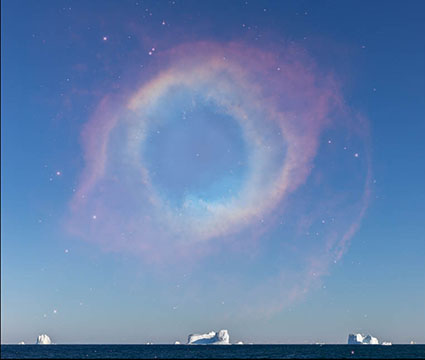
My newsletter Insights is out Monday morning!
This issue features valuable resources on How To Write About Your Images.
Sign up for my free newsletter here.
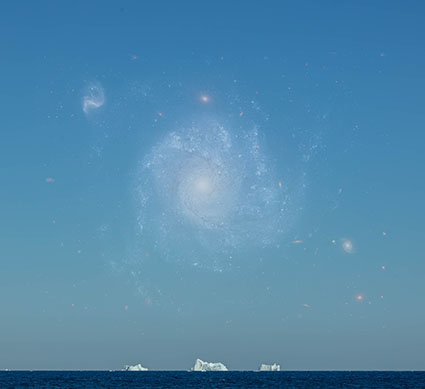
Writing an artist’s statement is something I initially resisted. For years I’d heard all of the excuses from many great artists, “Pictures should be seen and not heard.””If I could say with words what I want to say with images, I’d have become a writer.””Those critics got it all wrong.” But, did you ever notice how the people who write about other people’s art always have to address what the artists wrote about their work? Van Gogh’s and Edward Westons’ journals are both excellent examples of this – and worth reading.
I broke down and wrote my first artist’s statement when a gallery insisted they needed one for their exhibit and the response was positive. (A professor at Stanford later asked permission to share it as an example of how to do it well.) I was surprised not only by the positive response to my writing but also by how much I learned about my images while I was writing about them. I knew how to make the work – physically, emotionally, subconsciously – but did I understand what I had done fully. My conscious mind had some catching up to do … and in the process, I found new ideas. Now I make writing about my images a regular practice. Why? I understand them better. Other people connect with them more. And I find new ideas.
I’ve collected some valuable resources that will help you write about your images.
Start with my free PDF.
9 Ways Of Writing About Your Images
Then move to this collection of quick tips.
6 Tips for Artists on How to Talk about Their Art
4 Tips for Writing a Good Artist Statement
How to Write an Artist Statement
4 Ways to Write an Artist Statement
An Authentic and Easy Artist’s Statement | 10 Powerful Tips
Want even more? Try these three information-packed resources.
What Should An Artist’s Statement Contain?
The Language of an Artist’s Statement
Examples Of Artist’s Statements
There’s even an entire website dedicated to helping you write better artist’s statements.
Artist’s Statement.com – Resources To Help You Write A Good One
It’s easy to make fun of artists statements when they’re done poorly or for the wrong reasons –while you’re doing it just be clear about what makes them funny and you’ll learn a lot while you’re having fun. You can learn a lot about how to write well by looking at examples of bad writing. So, don’t use this to write your artist’s statement, instead, use it to figure out what and how not to write. And don’t forget to laugh along the way.
Learn more in my digital photography and digital printing workshops.
Get more curated content in my Newsletter Insights.
Follow me on Facebook, Twitter, and Instagram.
Plus check out The Complete Guide To Writing Your Amazing Photography About Page
“Michael Michalko is one of the most highly acclaimed creativity experts in the world and author of the best sellers Thinkertoys, Cracking Creativity, and ThinkPak. In this interview with NCR Radio he talks about his book, Creative Thinkering: Putting Your Imagination to Work. He explains why creative thinking is often counterintuitive and some methods that may help you develop your next fantastic idea.”
Michalko’s books are brilliant. I give them my highest recommendation.
View more Creativity Videos here.
Learn more in my Creativity workshops.
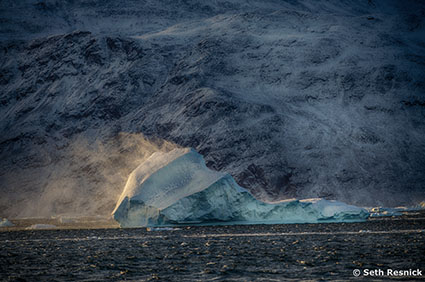
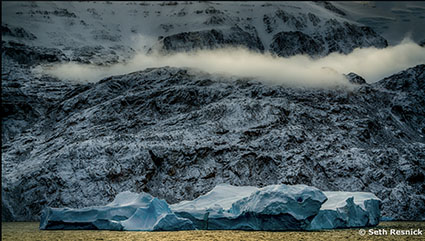
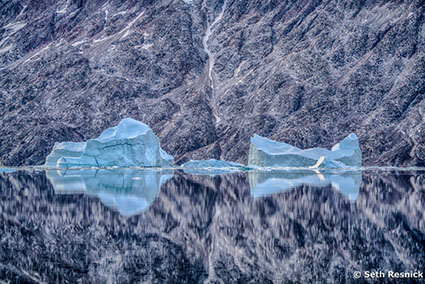
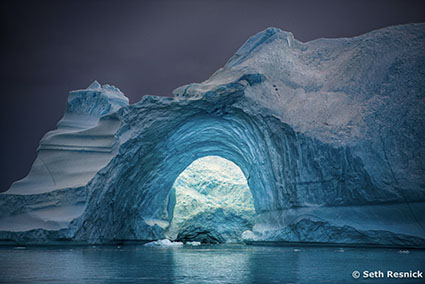
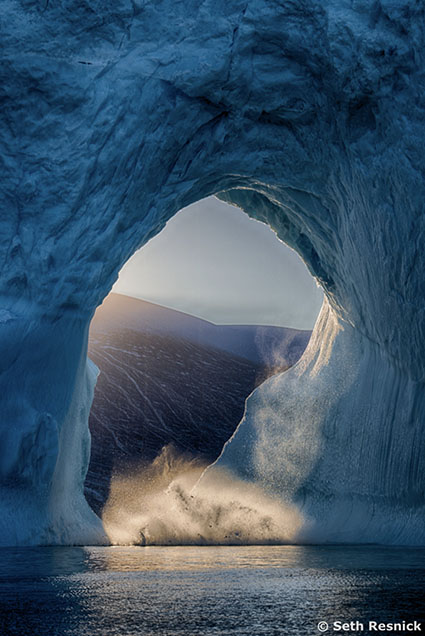
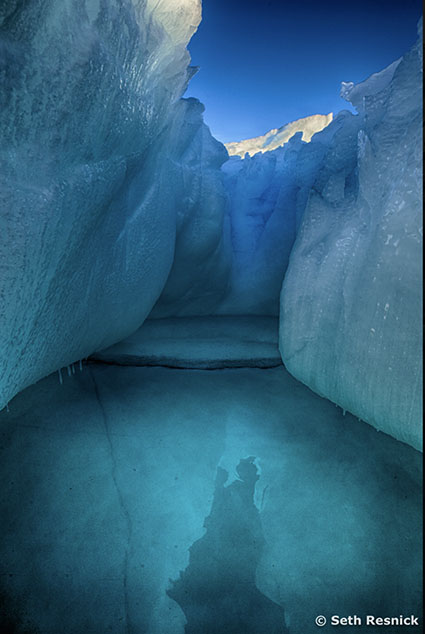
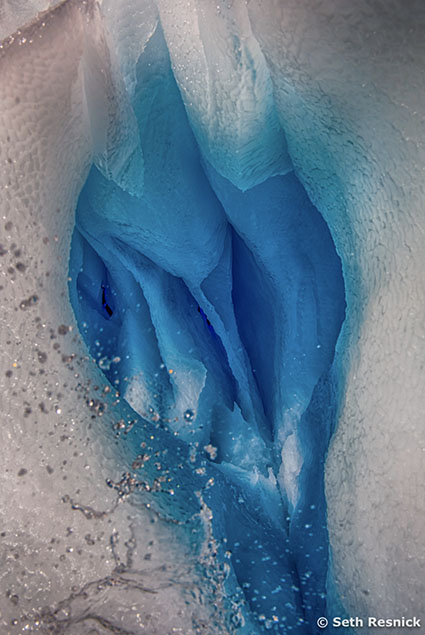
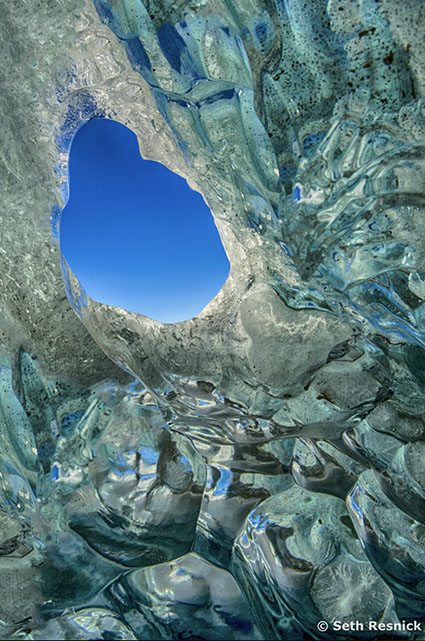
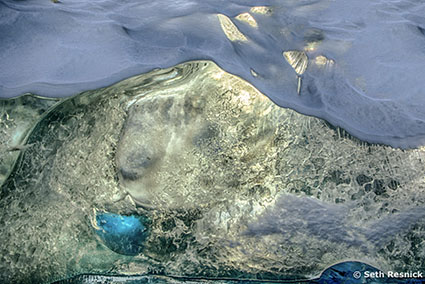
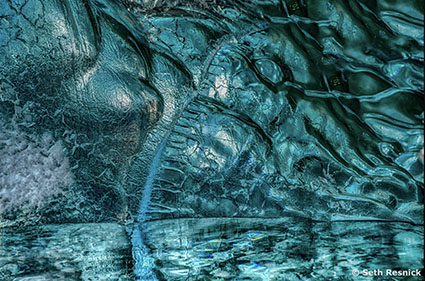
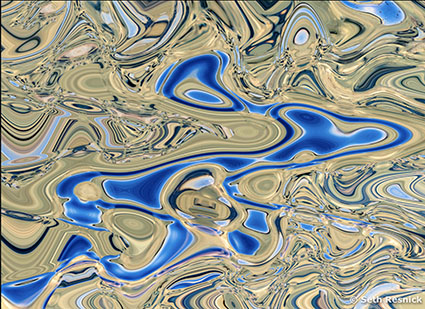
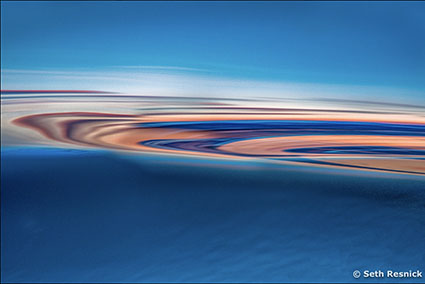
We just got back from our recent DPD workshop in Greenland’s Scoresbysund, the largest and fastest moving ice fiord system in the world.
Seth Resnick continued to explore his fascination with abstraction, getting in close and finding optical illusions.
View more of Seth Resnick’s images from Greenland here.
Find out about our Greenland Photography Workshops here.
Find out about our Antarctica Photography Workshops here.

